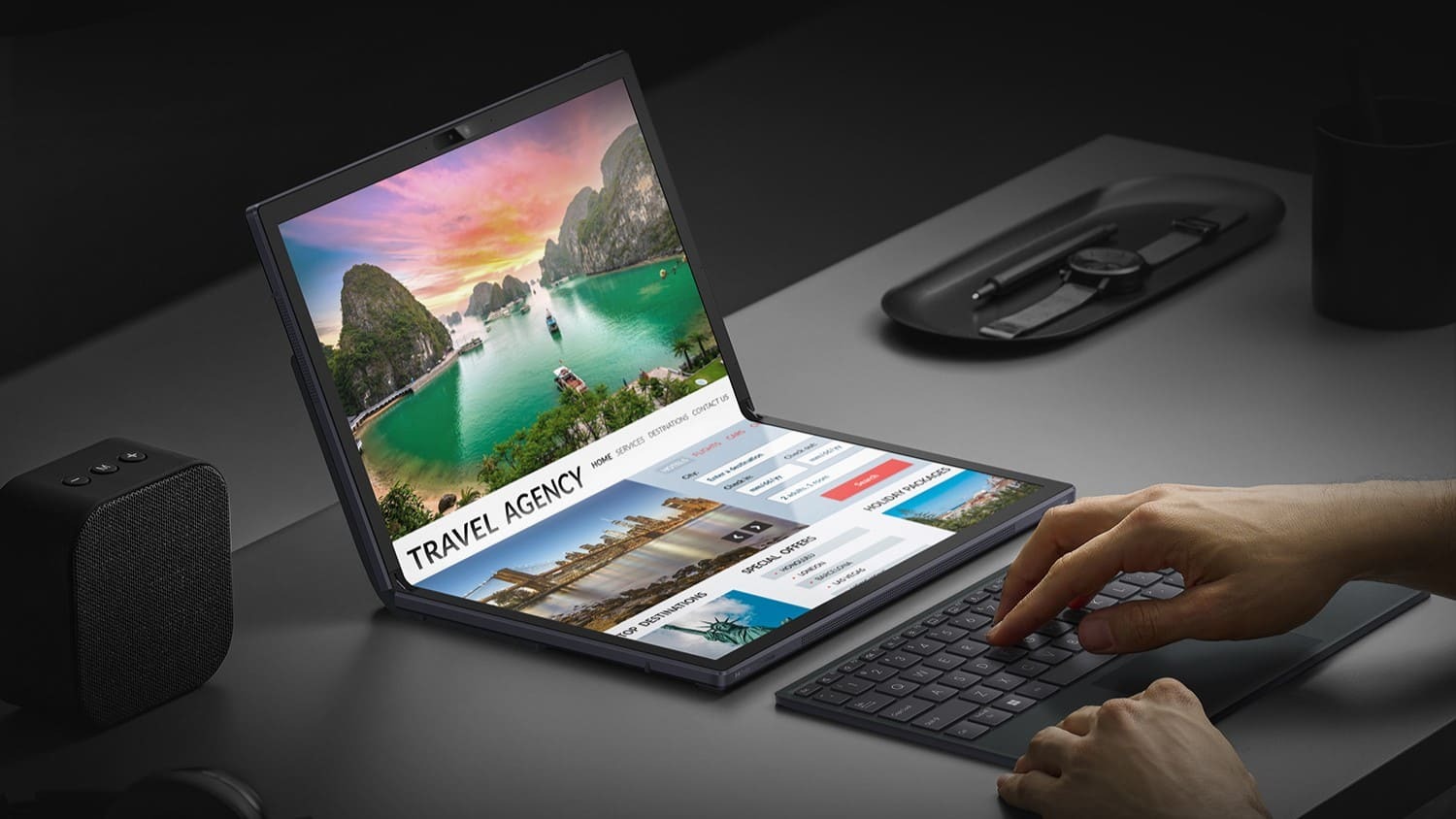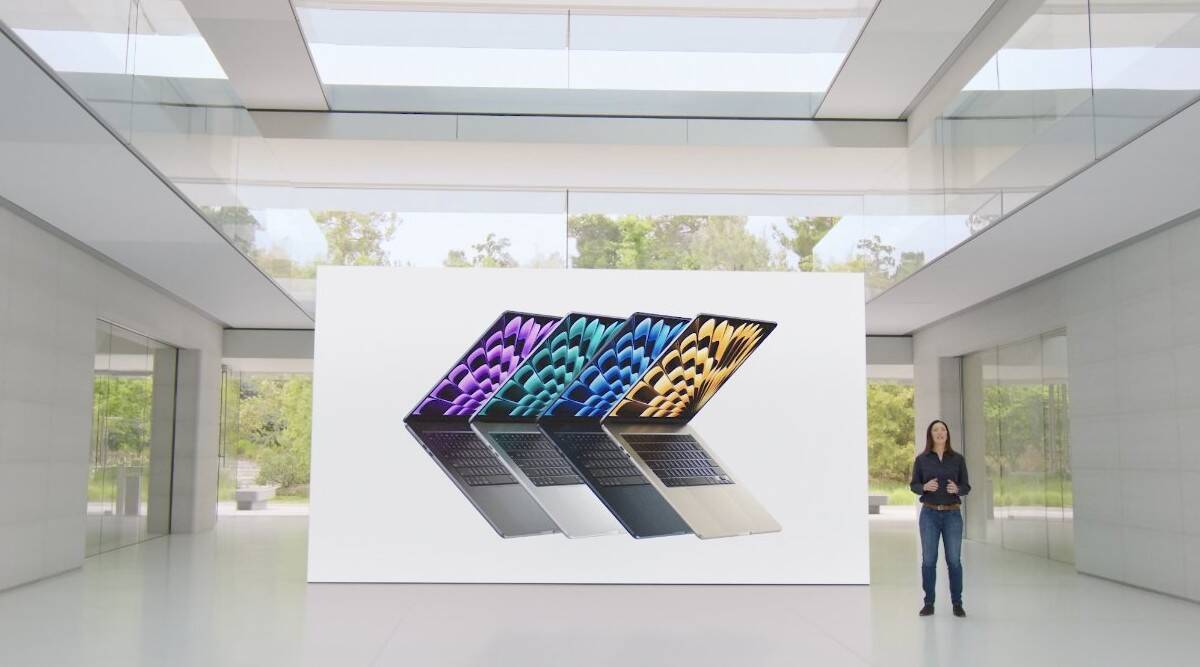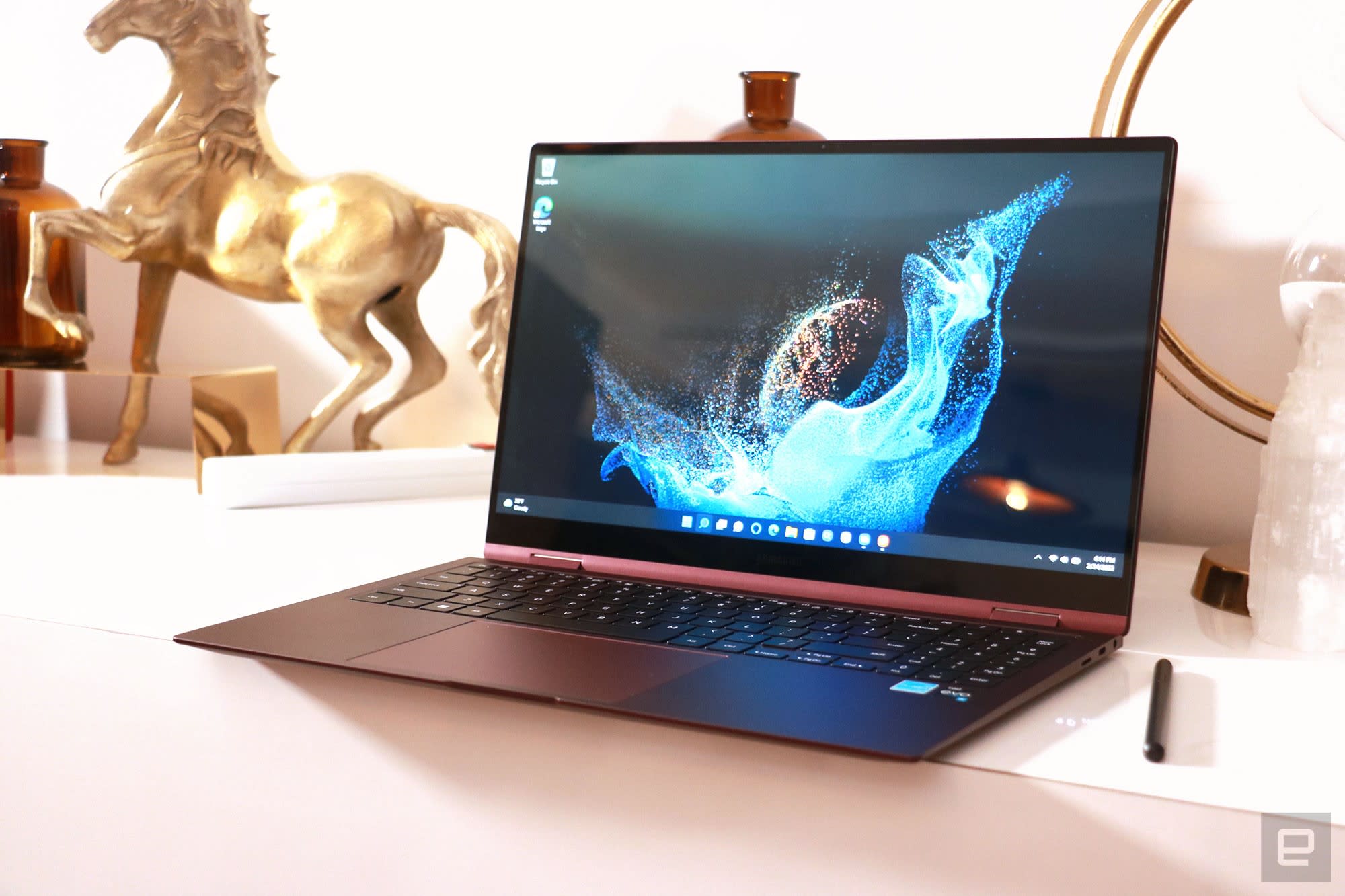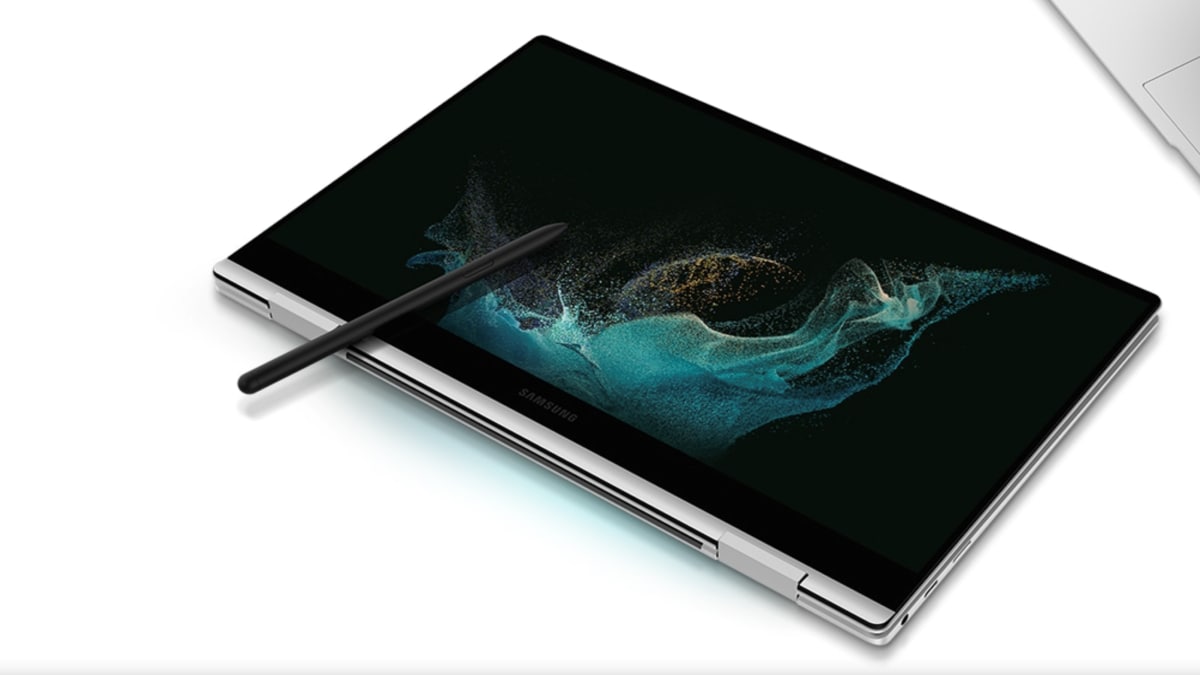Apple and Samsung Decline Laptops for Indian Market Citing Size Constraints 2023

Apple and Samsung Decline Laptops for Indian Market Citing Size Constraints 2023
Apple and Samsung, two of the greatest global IT firms, chose to pass on the new IT Hardware production-linked incentive plan for the second time, despite the fact that 40 companies, including the likes of HP, Dell, Lenovo, and others, had submitted applications.

According to sources close to these businesses and industry analysts, India’s tiny laptop and personal computer market is the main cause of the issue. In contrast to smartphones, where India is a sizable market and both companies are involved in the PLI, 2.4% of worldwide demand for laptops and personal computers comes from the Indian market.
Additionally, the whole portfolio of these enterprises only consists of a small portion of laptops and PCs. Therefore, moving Apple’s production base from China or Samsung’s from Vietnam to India makes little sense. It makes no sense to build an alternate assembly line either.
Apple’s iPads and MacBooks are manufactured under contract by the Chinese company BYD Electronic International. It sought to build an assembly plant in India in 2021, but it was denied permission by the government because it was discouraging Chinese investments in the wake of the border conflicts in 2020. In September 2022, BYD subsequently established an iPad and MacBook facility in Vietnam.
As a result, even through a joint venture with an Indian partner, it is not conceivable for it to establish another manufacturing facility in India.

iPhone sales accounted for around $157 billion of Apple’s $294 billion revenue for the nine months that ended on July 1, 2023 (the business uses the September accounting calendar). Mac and iPad sales made up the remaining $44 billion. According to industry analysts, it makes sense for the business to continue producing Mac in countries other than India while intensifying smartphone manufacture there.
Samsung, which produces independently and does not work with contract manufacturers, would not have taken part as well because its incentive payment of around Rs 900 crore for FY21 is still stalled because the government discovered certain errors in the bills submitted.

The main focus of manufacturing is economies of scale. It is not practical for these (Apple and Samsung) businesses to put up different manufacturing sites but to remain with centralised production since there are not enough volumes and the market is limited, according to Faisal Kawoosa, chief analyst at Techarc.
According to Kawoosa, it will be challenging for these businesses to meet quality standards with contract manufacturers in this situation. Additionally, compared to smartphones, the market opportunity for replacement in the laptop and PC category is less.
Samsung and Apple may consider partnering with PLI recipients, according to Tarun Pathak, research director at Counterpoint.

Benefits from PLI 2.0 can counterbalance 2-3% of the impairments, according to Pathak, who discussed cost savings and preserving product quality if Apple and Samsung manufacture in India.
The target categories of the IT PLI Scheme 2.0, which has a budget of Rs 17,000 crore, include laptops, tablets, all-in-one PCs, servers, and ultra-small form factor devices. 33 domestic enterprises and 7 international companies submitted applications out of the 40 received.
Estimates from the government predict that incremental production would total Rs 4.65 trillion, including Rs 28,288 crore in exports. The incremental investment is projected to be Rs 5,010 crore based on the proposals submitted.

According to the government, 10 firms have chosen to begin production under PLI 2.0 on July 1, 2023, 25 companies on April 1, 2024, and 5 companies on April 1, 2025.
The government said that the initiative has received more applications than its financial allotment of Rs 17,000 crore and that applicants’ expected PLI amounts total $22,890 crore.
Apple and Samsung, two of the world’s leading technology giants, have decided to forego the introduction of laptops in the Indian market, citing concerns over its relatively smaller size compared to other global markets.
The decision comes as a strategic move to focus resources on more lucrative ventures, given the unique dynamics and challenges of the Indian tech landscape. This article delves into the reasons behind this decision and the broader implications for both companies and the Indian market.
The Indian market, while undoubtedly substantial with its vast population, has historically presented distinct challenges for tech companies. The proliferation of smartphones and the ever-increasing adoption of mobile devices for computing tasks have reshaped the consumer electronics landscape.

Both Apple and Samsung have successfully tapped into this trend with their range of smartphones, catering to a diverse audience that values portability and accessibility.
However, the laptop market in India has faced more obstacles. With comparatively lower disposable incomes and a preference for cost-effective alternatives, the Indian consumer’s appetite for premium laptops remains somewhat limited. Additionally, the proliferation of affordable mobile computing options and the thriving tablet market have further diluted the demand for traditional laptops.
For Apple and Samsung, the decision to forgo laptops in India is a strategic one. Both companies allocate substantial resources to research, development, marketing, and distribution. The shift towards mobile and wearable technology, such as smartphones and smartwatches, aligns more closely with the evolving preferences of the Indian market.
By focusing on their flagship products, both Apple and Samsung can channel resources towards enhancing user experience, developing cutting-edge technologies, and expanding their ecosystem of services. For instance, Apple’s emphasis on building a robust ecosystem through devices like iPhones, iPads, and Apple Watches has proven to be successful globally and resonates with the Indian market’s inclination towards integrated tech solutions.

The decision not to introduce laptops in India does not imply a lack of interest in the market. Instead, it reflects a prudent assessment of where each company’s core strengths lie and where they can generate the most impact. While laptops might not be a priority at this juncture, the door remains open for future reconsideration, especially if market dynamics shift or if there’s a substantial change in consumer behavior.
This move also presents opportunities for local and regional players in the Indian market to fill the gap. Domestic manufacturers and startups can leverage the situation to develop innovative laptop solutions tailored to Indian consumers’ needs, preferences, and budget constraints. By focusing on affordability, performance, and specialized features, these players can tap into a market segment that might have been underserved by global tech giants.

Apple and Samsung’s decision to abstain from introducing laptops in the Indian market highlights their strategic focus on maximizing returns by aligning with prevailing consumer preferences. While laptops remain a staple of computing globally, the unique dynamics of the Indian market require a more tailored approach.
This decision not only emphasizes resource allocation but also opens avenues for local innovation, driving diversity and competition in the tech landscape. As the market evolves, it remains to be seen how both global and local players adapt to capture the potential opportunities that emerge.




